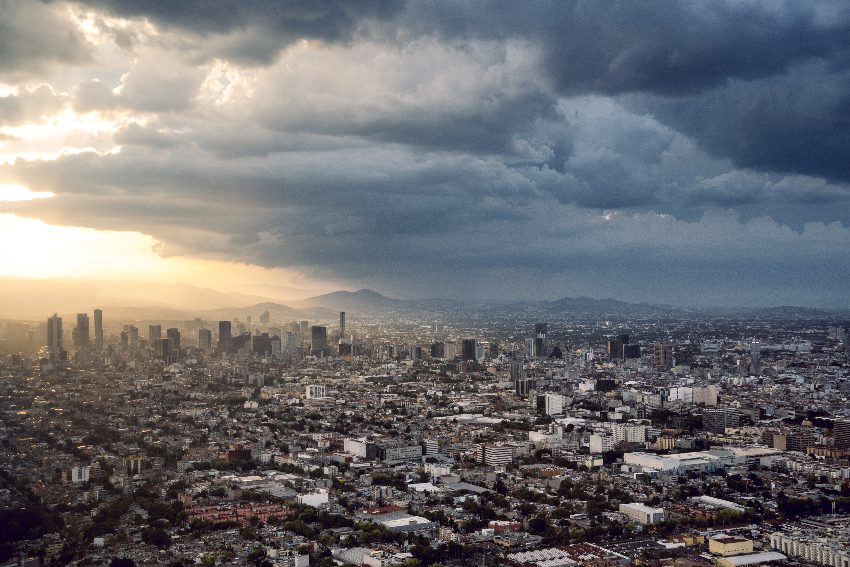How big is Mexico City?

Welcome to our exploration of Mexico City, a bustling metropolis known for its vibrant culture, rich history, and economic importance. In this article, we will delve into the various aspects that define the dimensions of this sprawling urban landscape.
The Urban Landscape of Mexico City
Mexico City is a captivating blend of modernity and tradition, where towering skyscrapers coexist with ancient ruins and colonial architecture. Its urban landscape is a testament to the city's continuous growth and development over centuries.
Population and Area
With a population of over 21 million people, Mexico City is one of the largest cities in the world. It spans an area of approximately 1,485 square kilometers, making it a vast expanse of urbanity.
Infrastructure and Transportation
Mexico City boasts a well-developed infrastructure, with an extensive network of roads, highways, and public transportation systems. Its subway system, known as the Metro, is one of the busiest in the world, facilitating the daily commute of millions of residents.
Cultural and Historical Significance
As the capital of Mexico, Mexico City holds immense cultural and historical significance. Its historic center, known as the Zocalo, is a UNESCO World Heritage site and home to iconic landmarks such as the Metropolitan Cathedral and the National Palace.
Economic Importance
Mexico City is the economic heart of Mexico, contributing significantly to the country's GDP. It is a major hub for finance, commerce, and industry, attracting both national and international businesses.
Environmental Challenges
Despite its grandeur, Mexico City faces environmental challenges, particularly in terms of air pollution and waste management. Efforts are being made to address these issues and create a more sustainable future for the city.
Conclusion
Mexico City's dimensions extend far beyond its physical size. It is a city brimming with history, culture, and economic vitality. Its urban vastness captivates visitors and residents alike, making it a truly remarkable destination.
Frequently Asked Questions
1. How big is Mexico City in terms of population?
Mexico City is home to over 21 million people, making it one of the most populous cities in the world.
2. What is the total area of Mexico City?
Mexico City spans an area of approximately 1,485 square kilometers.
3. How does Mexico City's population compare to other major cities?
Mexico City's population is among the largest in the world, surpassing cities like Tokyo, New York City, and Shanghai.
4. What are some notable landmarks and attractions in Mexico City?
Mexico City is home to various notable landmarks and attractions, including the ancient ruins of Teotihuacan, the Frida Kahlo Museum, and the Chapultepec Park.
Leave a Reply